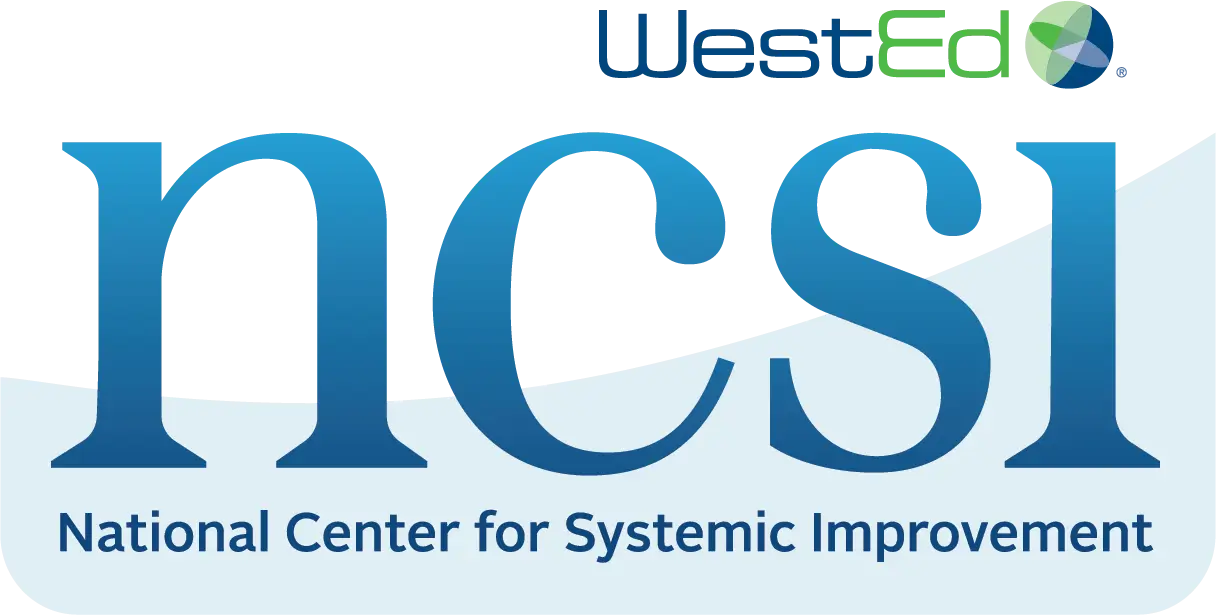NCSI has created TA Center Adapted Protocols for Part B Significant Disproportionality Protocol. The protocols are developed and organized in the following way—
Question: Overarching area and question related to the monitoring component.
General Information: A listing of statements about what the State would need to effectively answer the question.
Possible Follow-up Questions: Questions designed to more closely examine areas addressed by the General Information. The questions included within this section are examples of what may be asked; OSEP may ask additional questions that are not listed to ensure understanding.
Areas (or issues) for Follow-up: Issues which could:
result in findings of noncompliance if verified, or areas of concern that may not rise to the level of a finding of noncompliance but require follow-up;
lead to a finding of noncompliance if the State does not have a process or procedure to meet the Basic Requirement; or
be areas that suggest the need for technical assistance or further discussion.
Additional protocol topics available include:
- Data and SPP APR
- Dispute Resolution: Due Process
- Dispute Resolution: Mediation
- Dispute Resolution: State Complaint
- Integrated Monitoring
- Part B Child Find Protocol
- Part B Subrecipient Monitoring
- Significant Disproportionality
- Sustaining Compliance and Improvement
You can access the OSEP protocols and other OSEP DMS information here.

